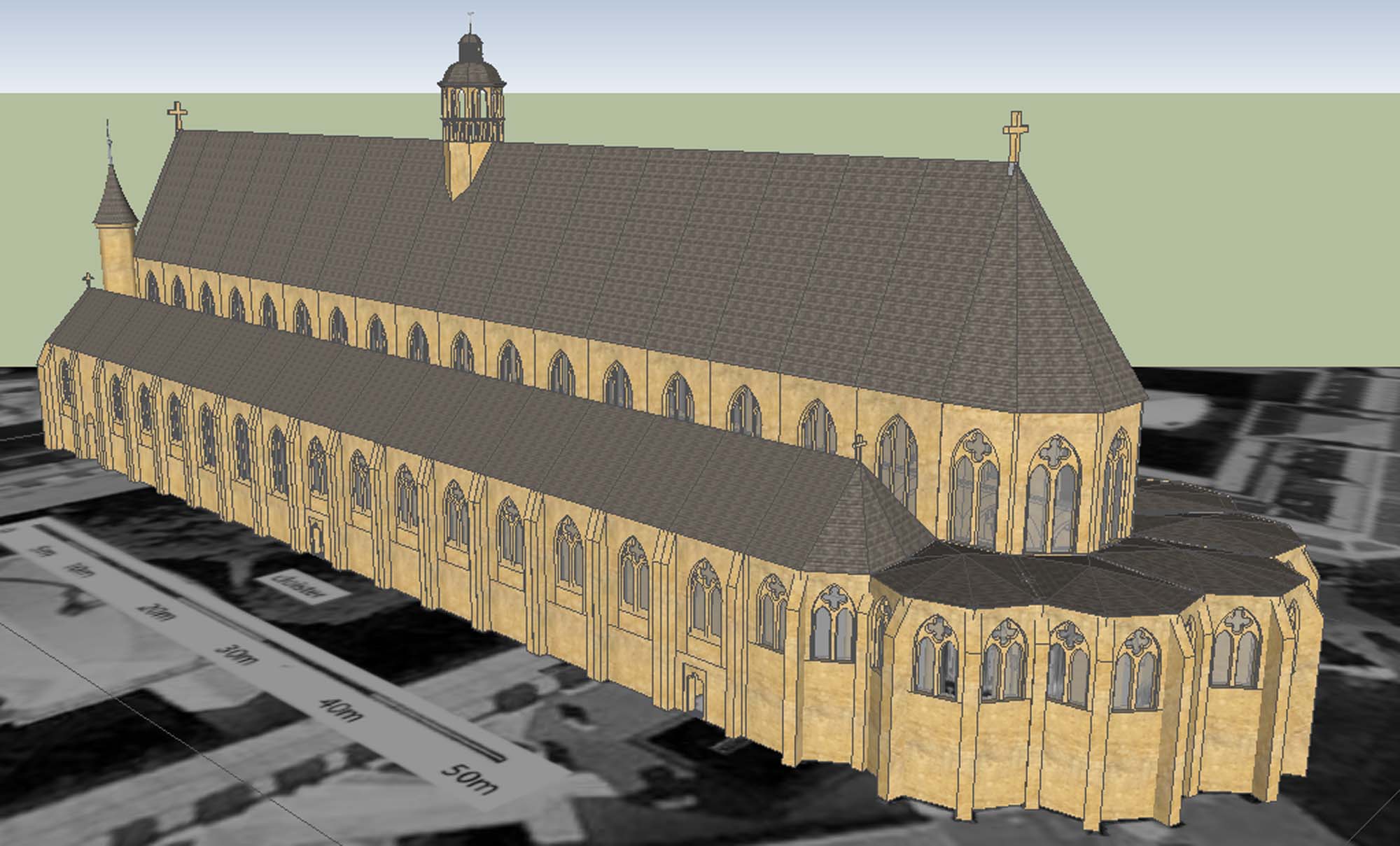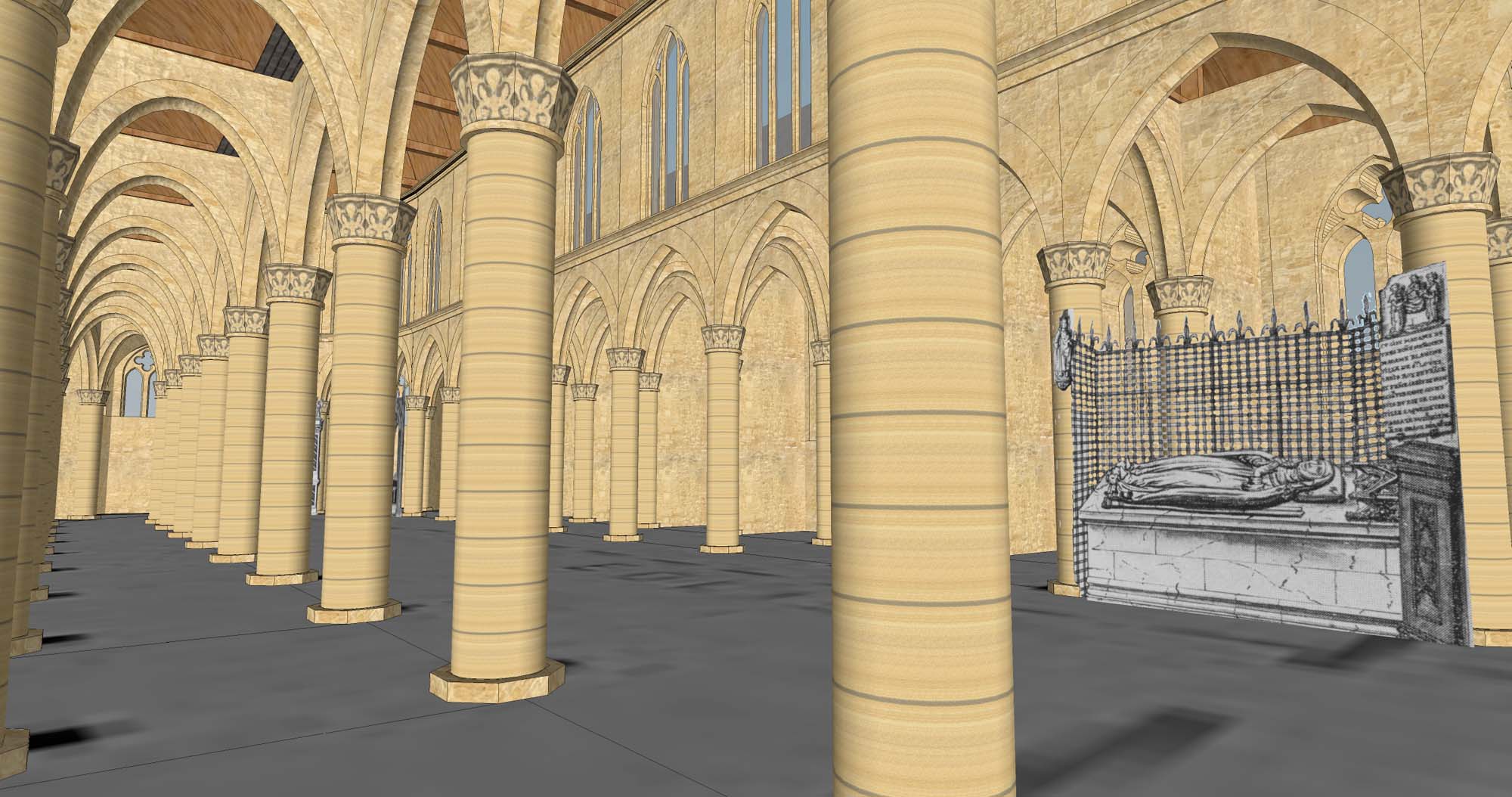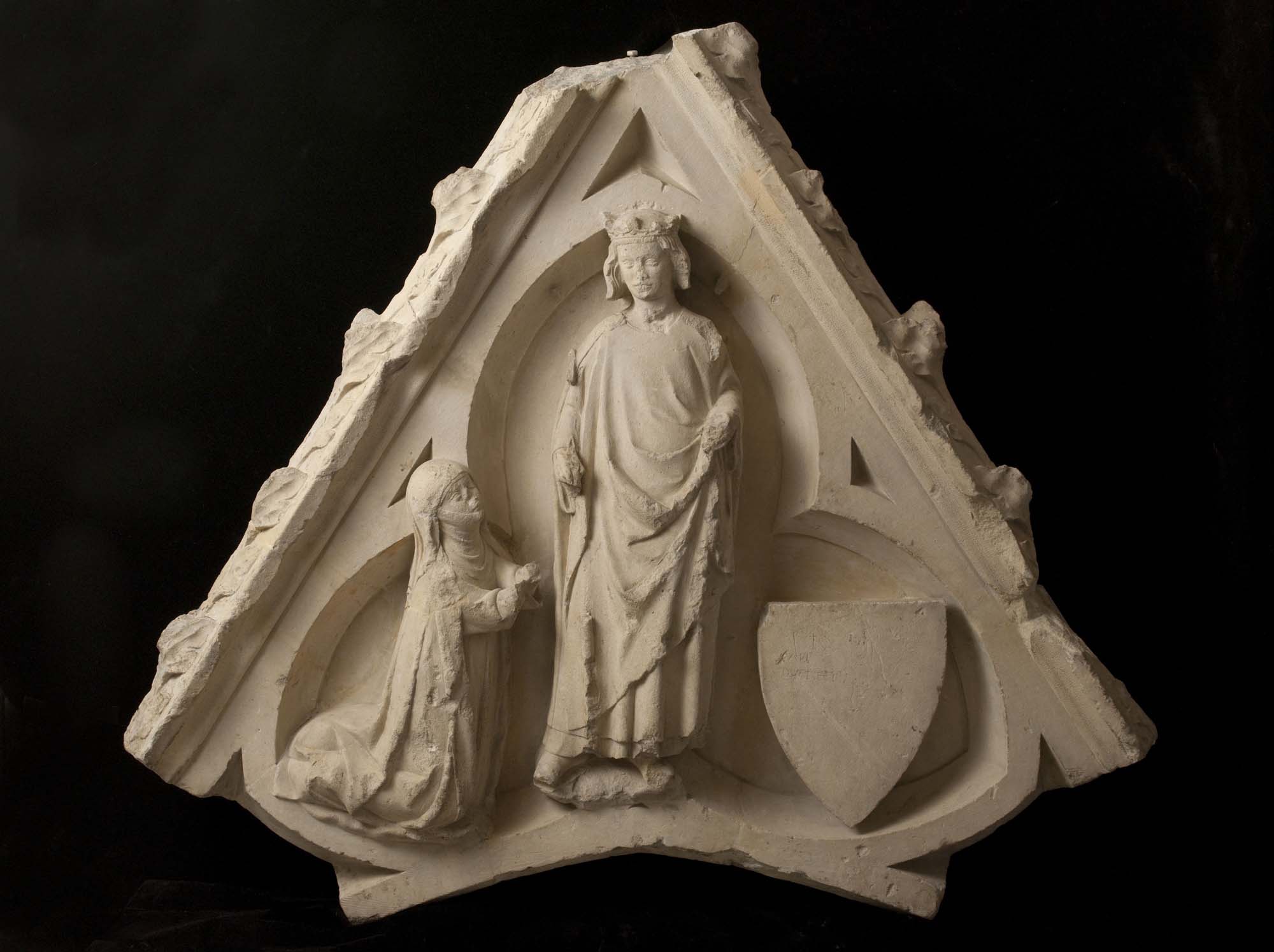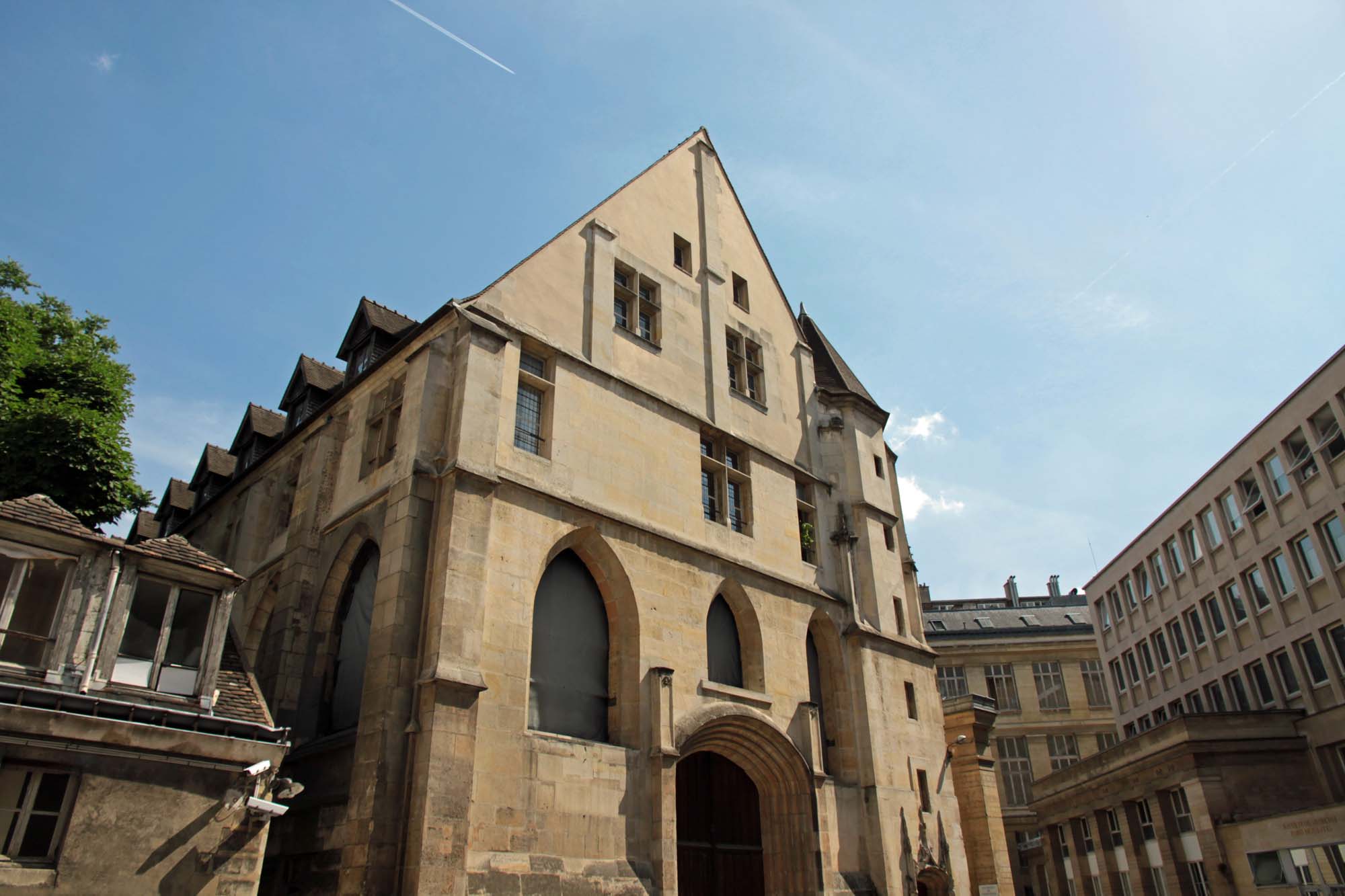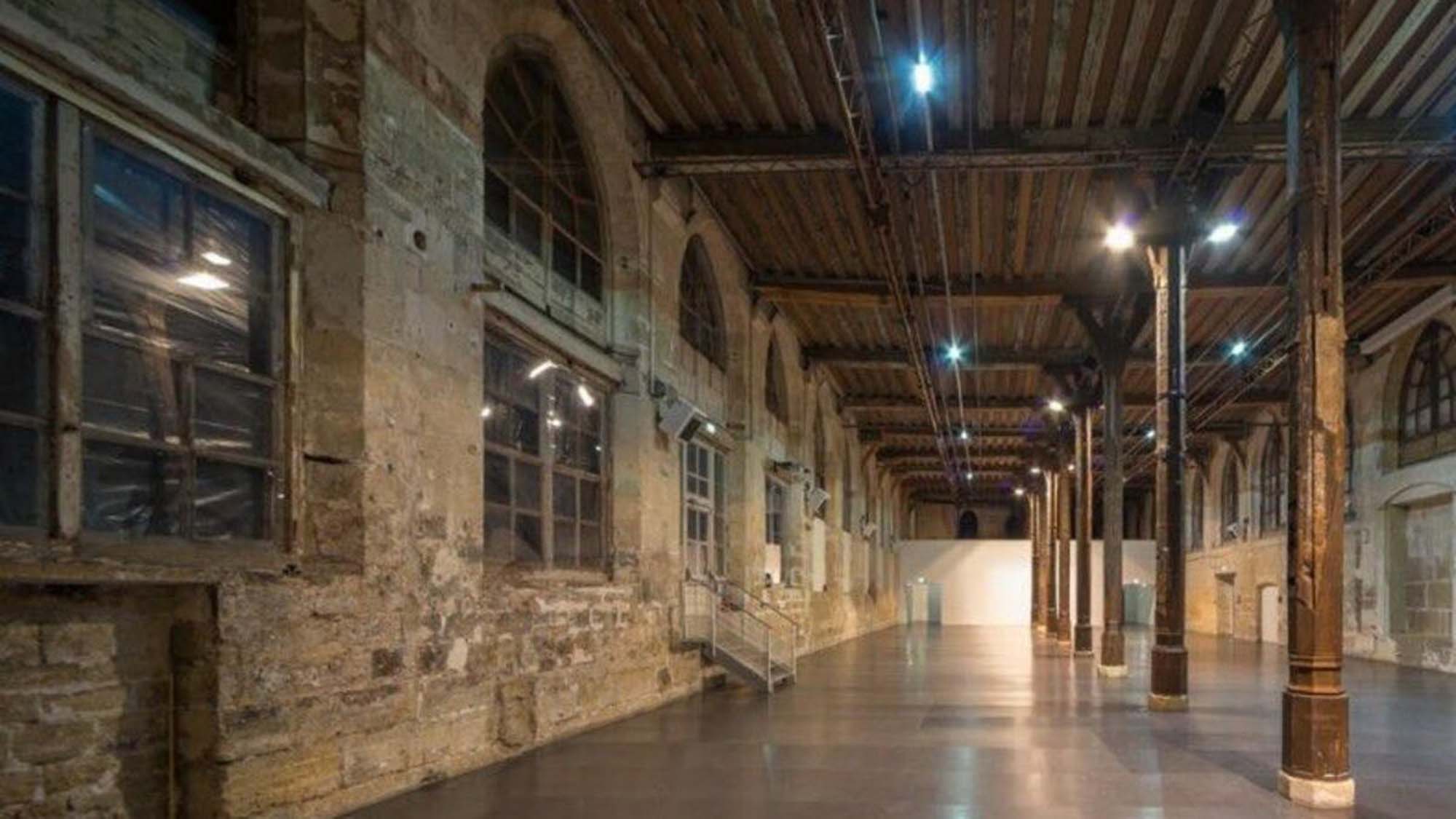The Cordeliers
The Cordeliers was the popular name of the male Franciscan monastic house representing the order in Paris whose church was dedicated to Sainte-Marie-Madeleine. It is the site of what we are calling a burial line of women (and many of their male family members too). The Capetian tradition of queens being buried with their husbands at the abbey of Saint-Denis to the north of Paris was long established for the royal family by the early fourteenth century, with only a few, interesting exceptions. It began in 1305 when Queen Jeanne de Navarre et Champagne requested burial here in her testament. Her husband, King Philippe IV, fought her burial in the Cordeliers, but in the end followed her wishes. This was less of an issue for the queens Marie de Brabant and Jeanne de Bourgogne et Artois when made the choice to have themselves buried in the Cordeliers, in the company of many members of her family, rather than with their spouses at Saint-Denis, as their spouses had predeceased them. This was also true for Jeanne’s mother, Mahaut, countess of Artois et Bourgogne and the royal daughter of Queen Blanche de Castille and King Louis IX, Blanche de la Cerda, the latter of whose tomb remains, now in the abbey of Saint-Denis. We also have a reproduction of Blanche’s whole tomb ensemble preserved in a drawing by Roger de Gaignières that Michael Davis has reinserted into his three-dimensional reconstruction of the abbey’s church, dedicated to the Mary Magdalene. This same Blanche was also responsible for the relief of her kneeling in prayer before her sainted father that most likely topped the doorway between the sacristy and church of the the Cordeliers. The site of the Cordeliers would take on even greater importance for this line of women when Jeanne de Bourgogne’s successor, Queen Jeanne d’Évreux, commissioned a new refectory for the brothers.
Present-day location: 15 Rue de l’École de Médecine
